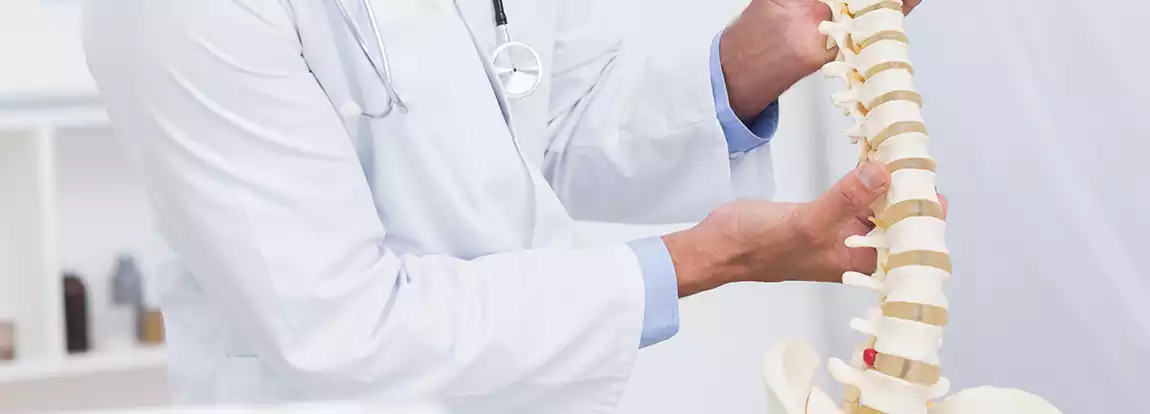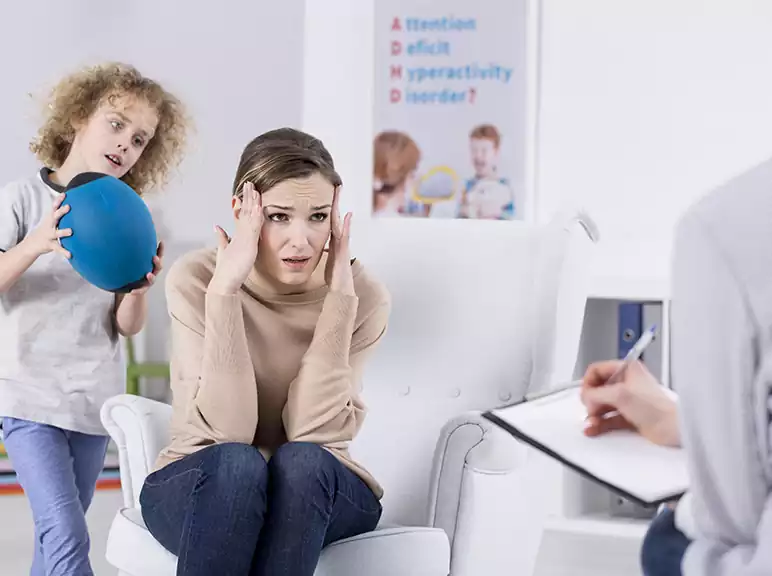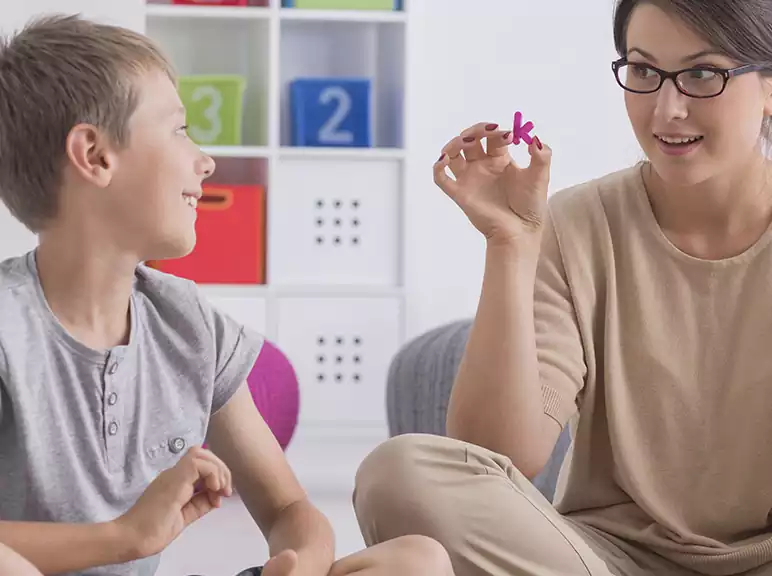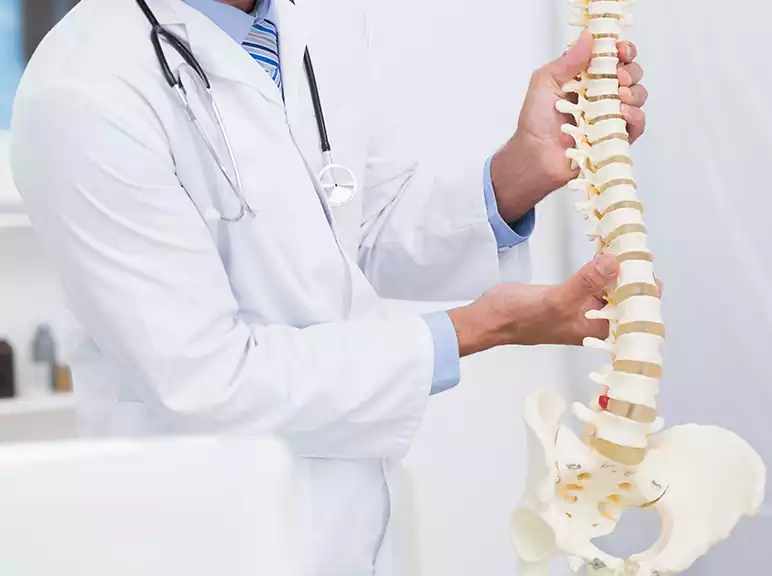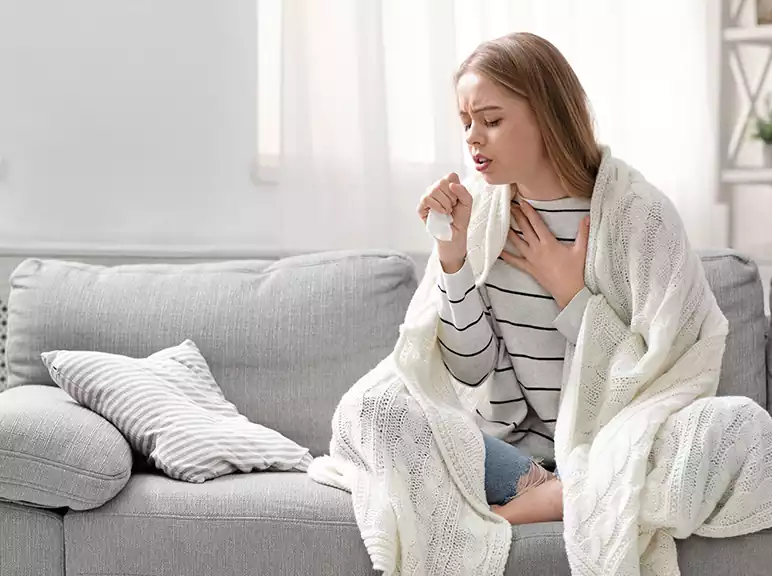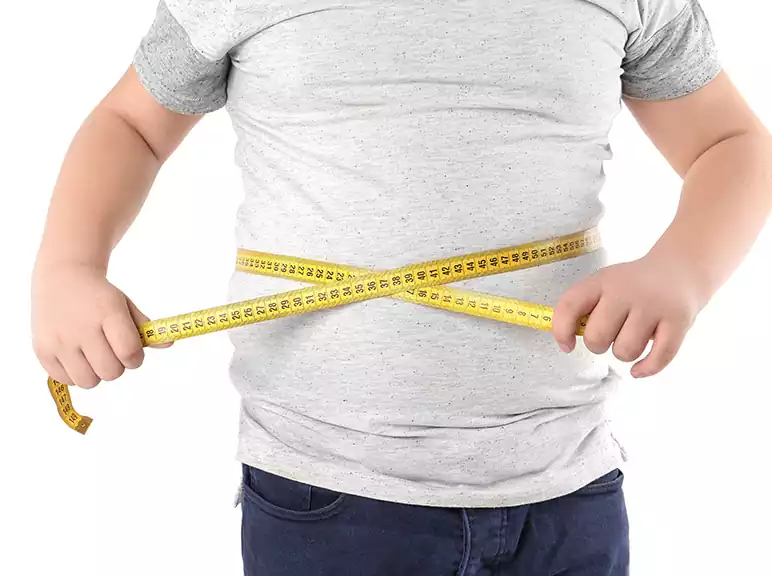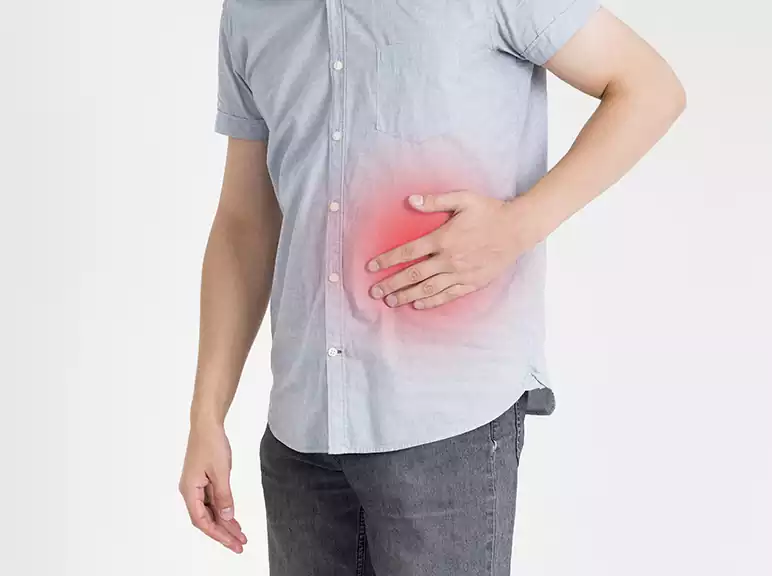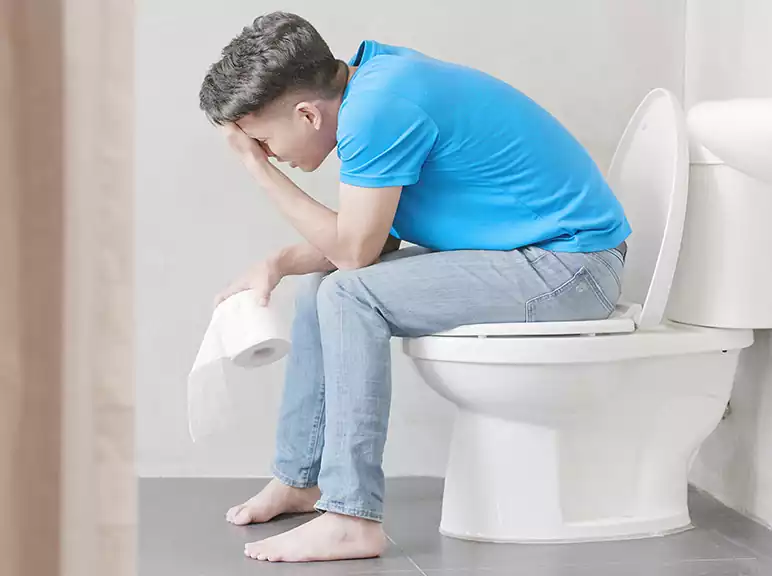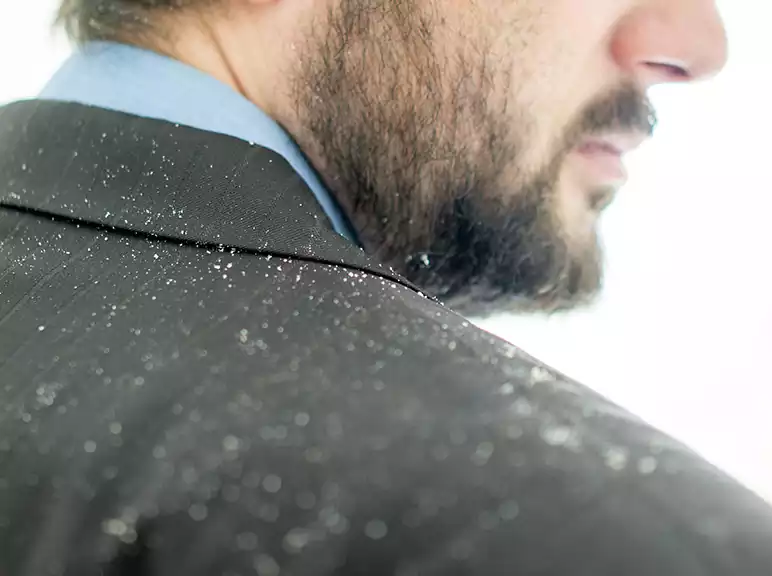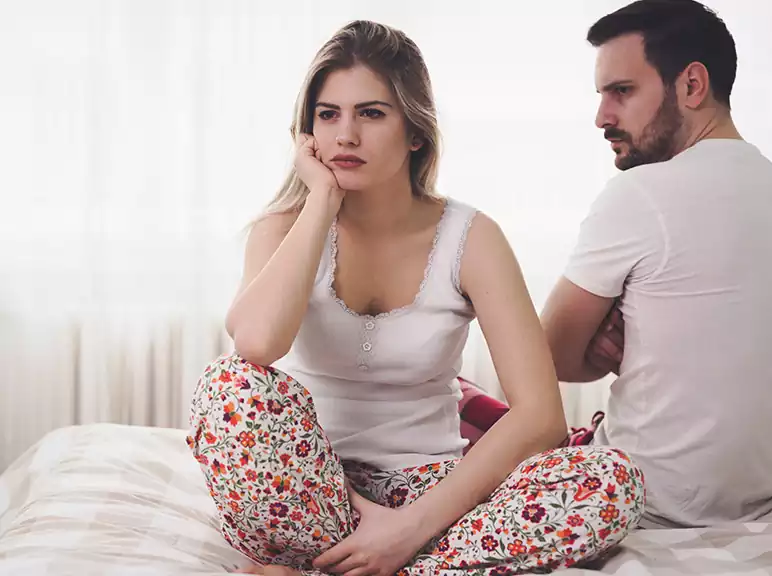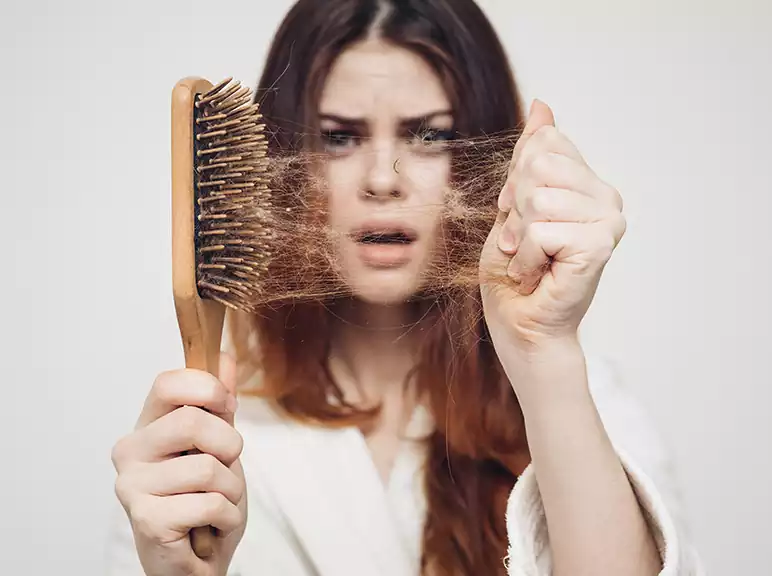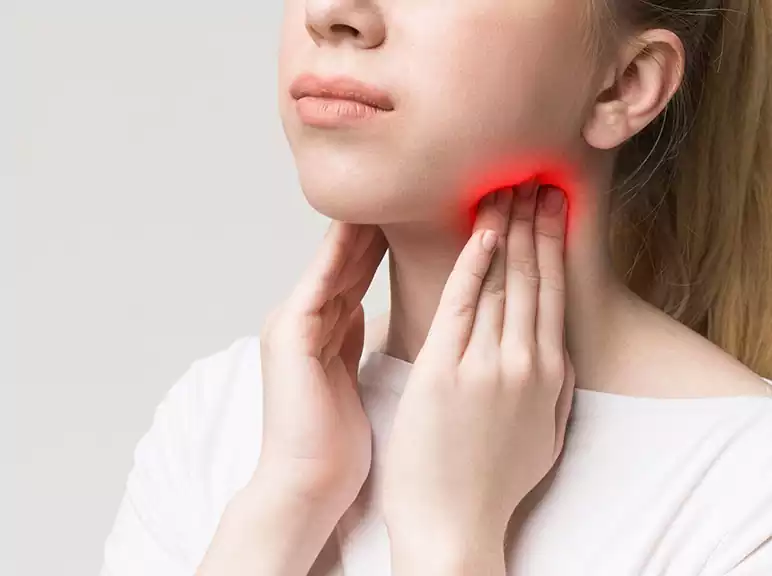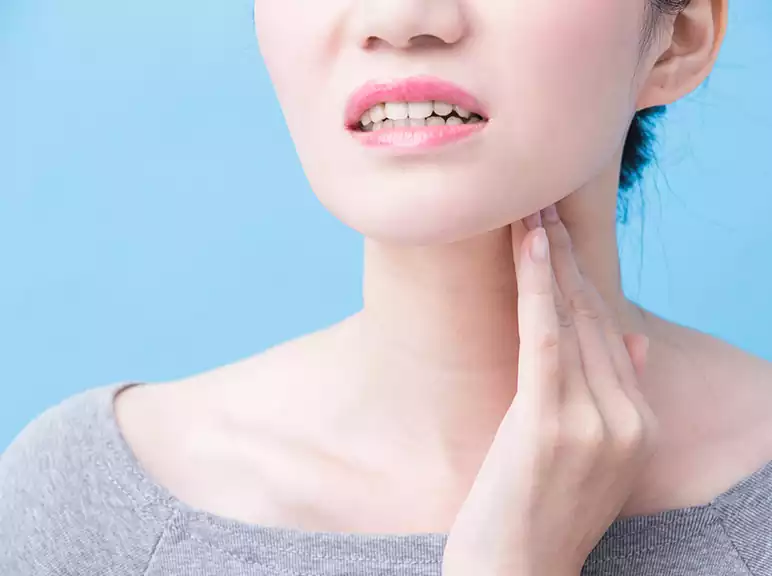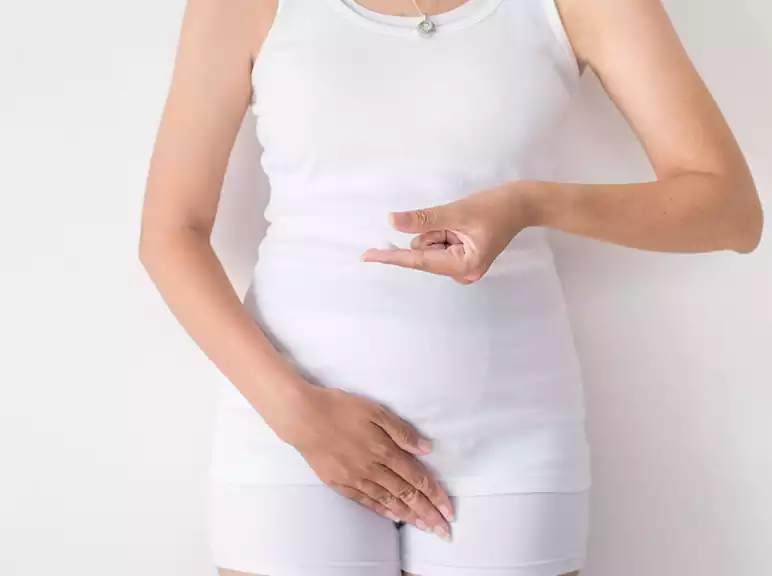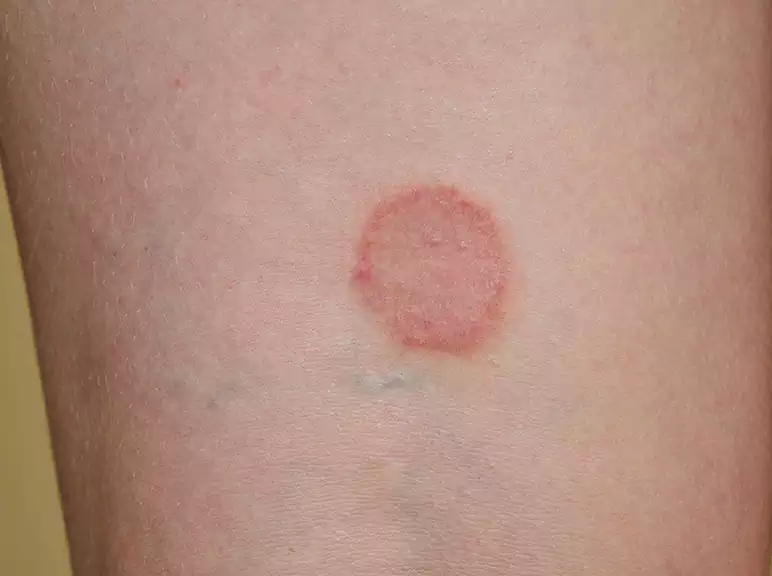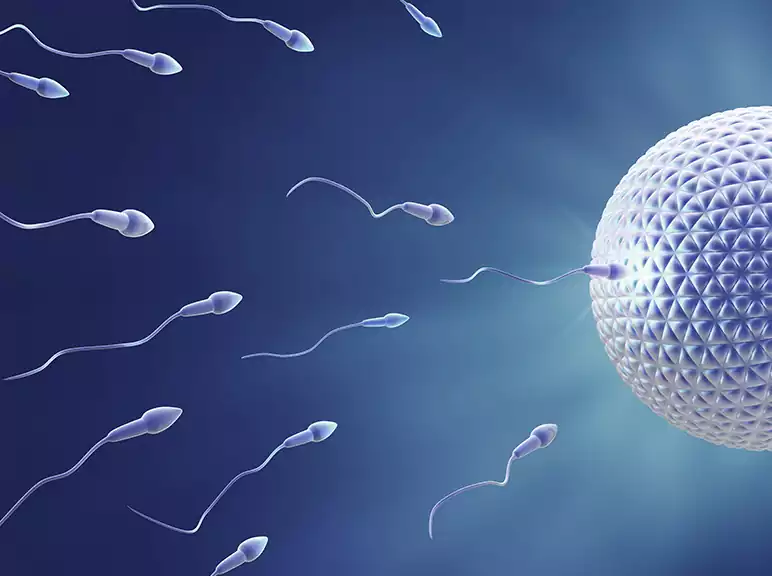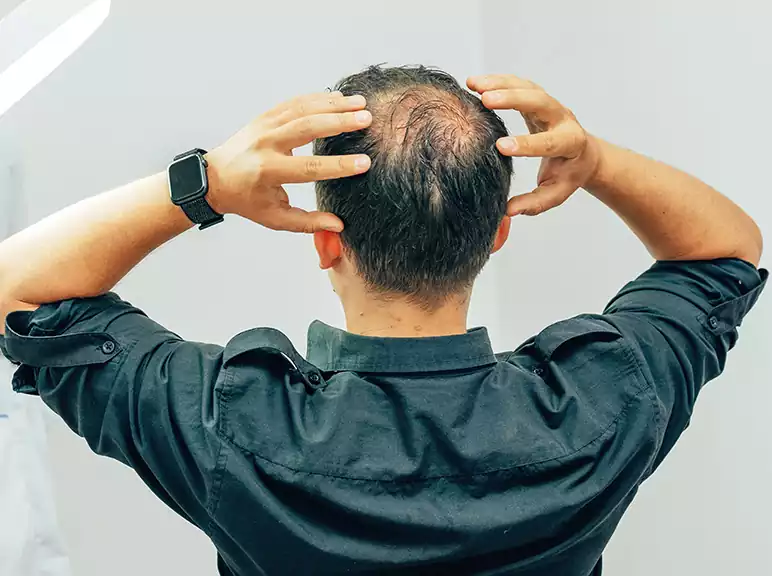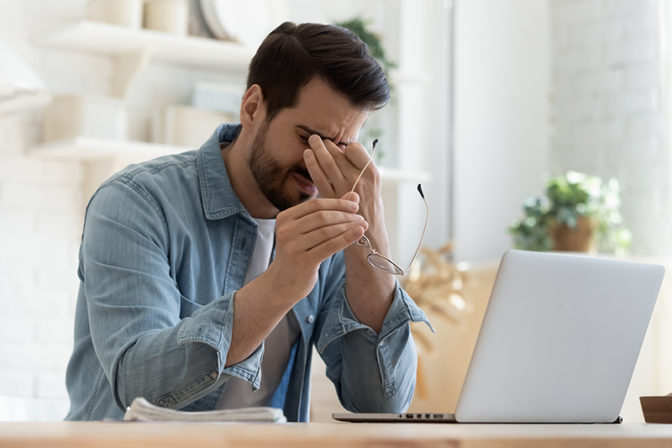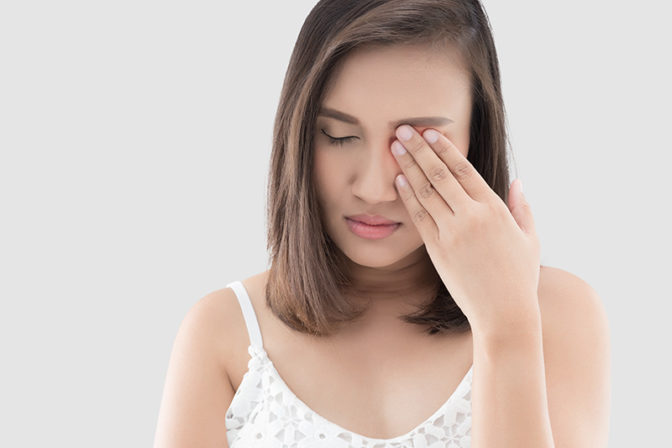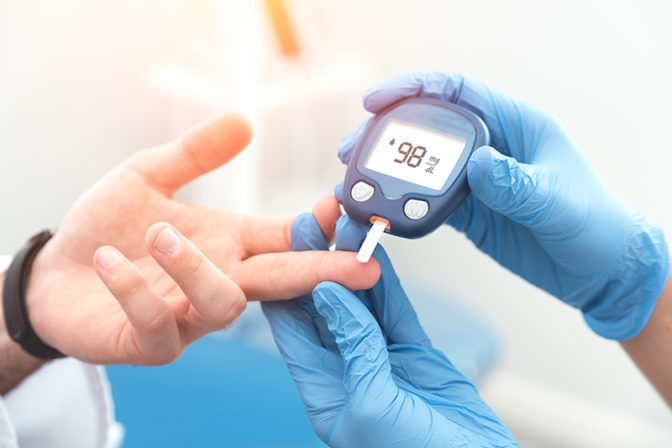Bone Health
Our bones play an essential role in the body, i.e. provide structure, protect organs, anchor muscles and store calcium. While it’s vital to build healthy and strong bones during childhood and adolescence, one can take care during adulthood to protect bone health.
Types of Bone diseases
Diseases can deprive the bones of the vital nutrients
they need and often cause them to weaken and break.
Other disorders may add too much calcium, causing excess tissue growth and abnormalities.
Osteoporosis
Osteoporosis occurs when bone loses density.
Bones are continually evolving. New bones are created while old bones are broken down. As we grow, more bones are made than lost, so our bones remain solid. Once we hit a certain age, the cycle is reversed. More bone is produced, and more bone is destroyed. Osteoporosis is an invisible disease, frequently causing harm without people knowing it.
Metabolic bone diseases.
Metabolic bone diseases are bone strength disorders caused by mineral or vitamin deficiency (such as vitamin D, calcium or phosphorus) that result in irregular bone mass or structure. Osteomalacia (softening of bones), hyperparathyroidism (overactive gland contributing to bone loss of calcium), bone disease (abnormally large, brittle bones) and developmental bone disorders affecting children.
Fracture.
Acute fractures are usually caused by trauma,
but they can be linked to bone cancer. Children’s bones are more flexible and robust, and fractures heal quicker. Kids are usually more likely to have wrist fractures when they fall during sports or play. Older adults are much more susceptible to falls and hip fractures because of balance problems and because their bones may be frailer.
Hips, wrists and spinal bones are some of the more common bones prone to fractures.
Stress fracture. Stress fractures are also called overuse fractures and are more common in people who do many physical activities like athletes.
Bone cancer. Bone-borne cancer, or primary bone cancer, is rare, accounting for less than 1% of all new cancers. The National Cancer Institute states that cancer that spreads to bones from other parts of the body is more severe, such as metastatic tumours of the prostate or breast cancer. Multiple myeloma, a form of blood cancer,
affects the bone marrow function in the ribs, hips, pelvis, spine and shoulders, increasing the risk of fracture.
Scoliosis. The irregular side-to-side curvature of the spine, which results in an S-or C-shaped appearance when seen from behind, is called scoliosis. It is usually diagnosed in babies or children but can persist in adulthood.
Treatment
Homeopathy is one of the
most common holistic systems of medicine.
The choice of treatments is based on the principle of
individualization and the similarity of symptoms, using a holistic approach.
That is the only way to regain a state of full health by removing all the symptoms and signs that the patient has. Homeopathy not only aims to treat bone diseases but to address the root cause and individual susceptibility. As far as homeopathic medication is concerned, several treatments are available to treat bone diseases that will be selected based on the cause, sensations and modalities of the complaints. For an individualized remedy selection and treatment, the patient should consult our qualified homeopathic doctor at AVIVO Clinics.
We can follow certain things to keep our bones strong and healthy.
Eat food rich in calcium
The Recommended Dietary Allowance (RDA) of calcium per day for adults between 19 to 50 years is 1,000 (mg) and men between ages 51 to 70. The recommendation increases by 1,200 mg a day for women who are 50 and above. For men, the intake increases after the age of 70.
Calcium-rich food includes almonds, broccoli, kale, canned salmon with bones, sardines, dairy products and soy products, like tofu.
Pay attention to vitamin D.
The human body requires vitamin D to absorb calcium. For adults between 19 to 70 years of age, the RDA of vitamin D is 600 international units (IUs) per day. For people aged 71 and older, the recommendation is increased to 800 IUs a day.
Good sources of vitamin D are oily fish, such as salmon, whitefish tuna and trout. Additionally, eggs, mushrooms and fortified foods, like milk and cereals, are good sources of vitamin D. Sunlight helps to contribute to the body’s production of vitamin D.
Include physical activity in your daily routine.
Exercises such as walking, jogging and climbing the stairs can help one build strong bones and slow bone loss.
Avoid substance abuse.
Smoking can cause damage to the body. A woman should consume no more than an alcoholic beverage a day. Men should consume no more
than two alcoholic drinks a day.
If we don’t eat right or don’t get enough of the right kinds of exercise, our bones can become weak or even break. They can lead to fractures, which could be painful and sometimes require surgery to heal. They can also cause long-lasting health problems.

